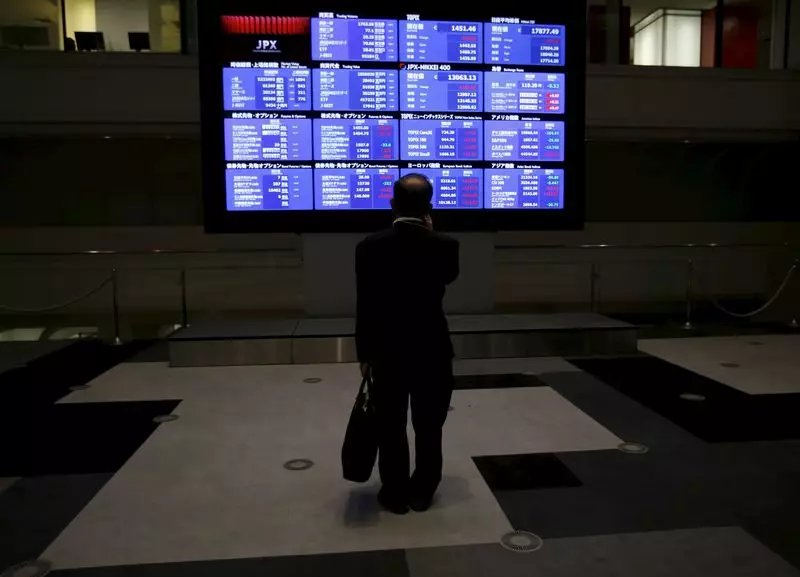In the wake of holiday reductions in trading activities, the Asian stock market displayed minimal movement on Monday. Investors are exercising caution as they anticipate the effects of the Chinese government’s recent economic stimulus pledges. Despite broad promises made over the weekend, the lack of concrete details has bred uncertainty, leaving market participants speculating about the actual impact on growth prospects and market stability.
China’s Minister of Finance, Lan Foan, recently announced intentions to “significantly increase” debt levels to stimulate the economy. However, the absence of specific figures regarding the stimulus package has left investors questioning its potential effectiveness. This vagueness has cast a shadow over what initially seemed a bullish outlook following last month’s announcement of a robust stimulus initiative—the most forceful since the pandemic. The enthusiasm generated by these earlier measures appears to be waning, as investors await meaningful clarification on how these strategies will translate into actual market support.
Market analysts, such as Ray Attrill from the National Australia Bank, have voiced concerns that the lack of explicit fiscal stimulus measures may lead to disappointment when trading resumes after the break. The inherent uncertainty around the scale of fiscal easing, coupled with questions about direct consumer support, means that market players are navigating a precarious path.
The MSCI index, which tracks stock performance across Asia-Pacific excluding Japan, indicated a slight uptick of 0.12% at the last count but had witnessed a decline of 1.7% over the preceding week. This week’s overall market activity is further subdued as Japan observes a public holiday, which has thinned out trading volumes. Meanwhile, U.S. stock futures reflected a similar sentiment by edging lower, indicative of a broader cautious approach in global markets.
The ongoing volatility is exacerbated by poor economic indicators emerging from China. Recent data revealed a surprising decline in consumer inflation during September, alongside an increase in producer price deflation, further pressing the case for additional stimulus efforts. As a result, the offshore yuan experienced a dip, weakening by 0.2% against the U.S. dollar in morning trading on Monday.
In a slightly more optimistic turn, analysts at Goldman Sachs responded to the announced stimulus plans by slightly upgrading their forecast for China’s real GDP growth to 4.9% for the year, up from a previous estimate of 4.7%. However, they cautioned that these adjustments do not alter the underlying structural challenges facing the Chinese economy, which include worsening demographics, a prolonged trend of debt reduction, and shifting global supply chains. These “3D” challenges suggest that while short-term fiscal measures may provide temporary support, they are unlikely to result in sustainable long-term growth.
Investors will be closely monitoring upcoming economic data, particularly China’s third-quarter GDP results expected later this week, which could offer further insights into the broader economic conditions and potential market recovery.
Currency movements have largely remained minimal, with the U.S. dollar gaining strength amid decreased expectations for a dramatic cut in interest rates from the Federal Reserve next month. The British pound and the euro both saw slight declines, reflecting traders’ recalibrated positions following a series of strong economic indicators from the U.S. that have defied initial market expectations.
In the commodities market, oil prices took a substantial hit—dropping more than $1 per barrel—as investor sentiment was dampened by the uncertain economic outlook and lack of clarity on China’s stimulus measures. Brent crude futures and U.S. West Texas Intermediate futures both recorded notable declines, signaling concerns about future demand.
As markets prepare for a new trading week, the dominant atmosphere is one of caution and speculation driven by ambiguous signals from key players like China. Investors find themselves in a holding pattern, waiting for definitive information that could hopefully provide the clarity needed to revive market momentum. Until then, the interplay of economic data, monetary policy, and international dynamics will continue to shape the landscape of Asian markets and beyond.

